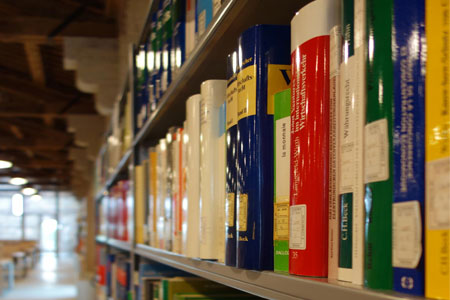Course not running

Lesson timetable
Go to lesson schedule
Learning outcomes
The course of International Political Economy ideally follows the International Economics course by analysing topics in international monatary economics, whereas the latter dealt with "real" international economics issues. The aim of the course is to provide students with analytical and conceptual tools to understand international macroeconomic developments, which take place in monetary, financial and exchange rate markets, with special reference to monetary and fiscal policy issues. At the end of the course the student should be able to: - know and understand the main issues in international monetary economics; - applying knowledge and understanding to monetary policy in the short- and long-run, to exchange rate theories, to the consequnces of fixed and flexible exchage rate regimes, to international movements of capital, to international financial crises and the policies implemented by domestic and international policy makers to counteract them; - making judgements with respect to the issues that have been discussed in the course; - written communication skills; - learning skills.
Syllabus
Teaching takes place exlusively in the form of lectures.
Topics:
National Income Accounting and the Balance of Payments
Exchange Rates and the Foreign Exchange Market: An Asset Approach
Money, Interest Rates, and Exchange Rates
Price Levels and the Exchange Rate in the Long Run
Output and the Exchange Rate in the Short Run
Fixed Exchange Rates and Foreign Exchange
International Monetary Systems: An Historical Overview
Optimum Currency Areas and the European Experience
Financial Globalization: Opportunity and Crisis
Developing Countries: Growth, Crisis, and Reform
Textbook
Krugman, Obstfeld, and Melitz International Economics: Theory and Policy, 10/e, Pearson.
Chapters from 13 through 22.
Reference books
| Author |
Title |
Publisher |
Year |
ISBN |
Note |
| Krugman, Obstfeld, and Melitz |
International Economics: Theory and Policy
(Edizione 11)
|
Pearson. |
2018
|
|
|
Assessment methods and criteria
The final examination aims at assessing how students are able to understand the models introduced during the course and the dynamics of the variables that have been discussed. The assessment takes place through a written examination in which the student must reply to 4 out of 5 open questions.
CORONAVIRUS: during the pandemics the exam is oral and it is taken on ZOOM.







